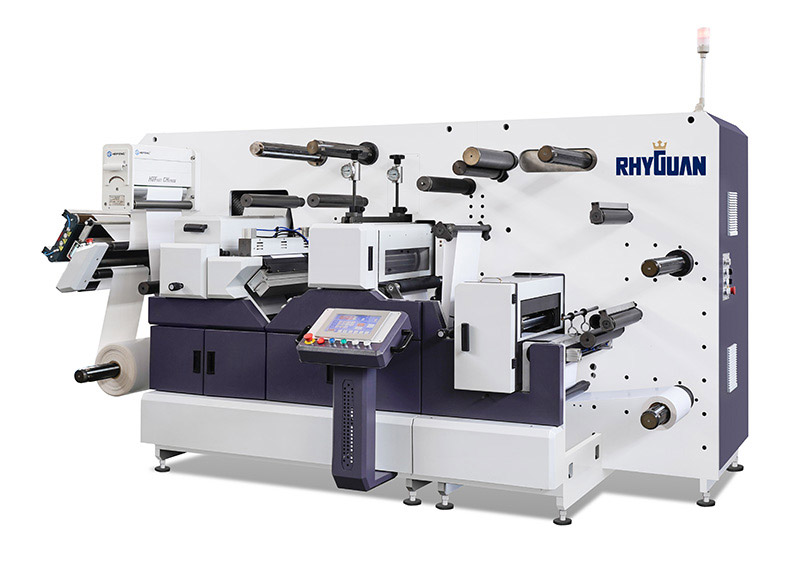Label printers frequently face a key hurdle: managing diverse materials and meeting industry rules without slowing production. Many ask: Can a Digital Finishing Machine handle these varied demands, or is it limited to specific uses? This article breaks down how the machine adapts to real-world label production needs.
Label materials range from delicate beverage paper to stretchy cosmetic film and thick gift tag cardstock. Traditional tools need frequent adjustments or replacements, but a Digital Finishing Machine uses targeted design to adapt:
Thin paper wrinkles if over-tensioned, while thick film needs steady tension to stay flat during cutting. A Digital Finishing Machine has adjustable tension settings: it eases tension for thin paper to avoid creases, and slightly increases it for thick film to keep it stable during die-cutting. This eliminates part swaps or full setup reconfigurations between materials.
Different materials need unique tools—sharp blades for paper, anti-stick cutters for adhesive film, gentle rollers for fragile substrates. A Digital Finishing Machine works with interchangeable, material-specific tools that swap quickly. For example, switching from paper to adhesive film only requires replacing the standard cutter with an anti-stick version in minutes, keeping production on track.

Labels for different industries have strict rules: food labels need non-toxic coatings, electronic labels need scratch resistance, medical labels need smudge-proofing. A Digital Finishing Machine meets these needs with integrated, industry-aligned features:
Food and medical labels can’t use harsh chemicals, so a Digital Finishing Machine offers food-grade UV coating modules. These apply a non-toxic protective layer that prevents smudging or peeling—critical for wet food packaging or legible medical equipment labels. Unlike traditional coating machines, this feature is built-in, so labels don’t need to move to a separate tool.
Electronic labels need scratch and heat resistance; industrial label need moisture resistance. A Digital Finishing Machine includes heat-resistant laminating modules or scratch-proof coating tools. For electronic labels, it applies a thin, durable laminate right after cutting—all in one step—ensuring compliance with industry durability standards without extra workflow steps.
A Digital Finishing Machine isn’t limited to one material or industry—it adapts via adjustable tension, material-specific tools, and industry-aligned features. For printers handling varied substrates or strict rules, this adaptability cuts workflow disruptions and boosts consistency. Understanding these capabilities helps determine if it’s the right tool to simplify label production.
If you’re a label printer needing a Digital Finishing Machine tailored to your materials or industry, this site’s product section has solutions, explore the product pages for details on supporting your operations.
● Another PLUS-330 Machine Installed in Latin America
● Another Two Installations at Customers’ Site
● Rhyguan Plus Month
● Top security level in Rhyguan
● Another Rotary Die-cutting Installation at Cutsomer’s Site
● Perfect Factory Acceptance Testing for Label Inspection Machines
● New Rhyguan Factory Preview
● Rhyguan Industrial 4.0 Live Presentation